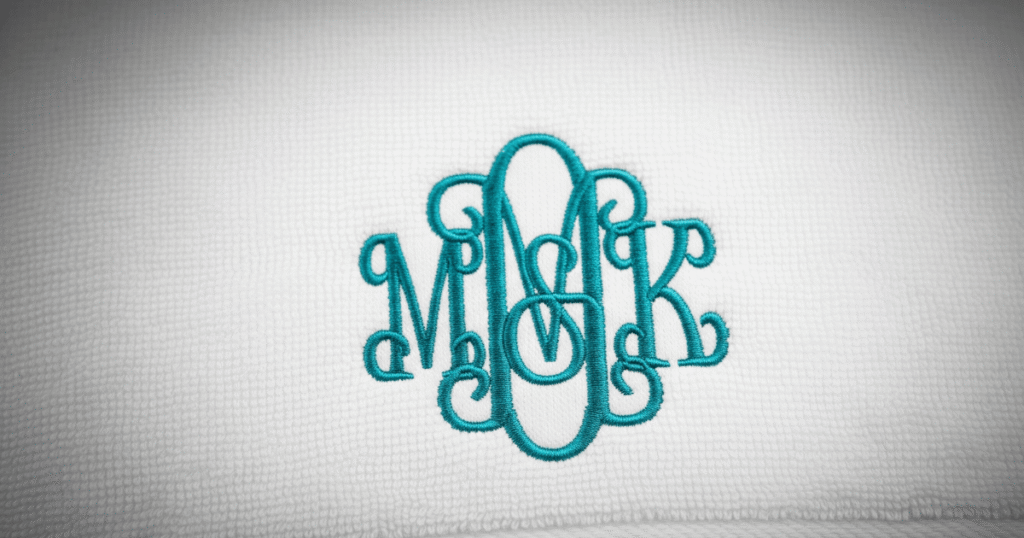Back in 2011, Sarah, a small apparel business owner in Austin, Texas, faced an all-too-common dilemma. Her team was designing stunning artwork, but the final embroidered results looked… off. Blurred edges. Broken lines. Uneven stitching. The problem? Poor-quality digitized files. That turning point led her to invest in professional digitizing services for embroidery, a move that helped her triple her customer retention in less than a year.
Today, we’ll explore what makes high-quality embroidery digitizing so essential, and how businesses can benefit from this often-overlooked service.
What Is Embroidery Digitizing?
Embroidery digitizing is the process of converting artwork—like logos, illustrations, or lettering—into a digital file that an embroidery machine can read. This involves mapping each stitch’s location, angle, type, and sequence using specialized software. The result? Clean, crisp embroidery that looks as professional on fabric as it does on screen.
Why Digitizing Quality Matters
Digitizing isn’t a simple “upload and go” task. It’s an art form—one where every design is carefully interpreted for fabric type, thread density, push/pull compensation, and more.
Poor digitizing leads to:
- Thread breaks
- Skewed designs
- Wasted materials
- And ultimately, unhappy clients
High-quality digitizing services for embroidery ensure your design runs smoothly on any machine, fabric, or hoop size.
Types of Digitizing Services Offered
1. Logo Digitizing
Businesses need clear, branded embroidery for uniforms, merchandise, and promotions. Logos must be precise, often with small text and sharp curves—challenging areas that require expert digitizing.
2. 3D Puff Digitizing
This style uses foam underneath stitches to create a raised texture, often for hats or jackets. The digitizing here involves longer stitch lengths and special considerations for foam piercing.
3. Appliqué Digitizing
For complex patterns or to add textile contrast, appliqué involves laying fabric pieces and securing them with stitched outlines.
4. Monogram Digitizing
Popular for gifts, towels, and fashion, monogramming needs clean satin stitching, especially at small sizes.

The Software and Skill Behind It
Professional digitizers use advanced tools like Wilcom, Pulse, and Hatch. But software alone doesn’t make a good digitizer. Understanding stitch behavior, fabric types, and machine mechanics is just as crucial.
Digitizing services require:
- Stitch editing precision
- Knowledge of thread tension and registration
- Understanding design density and compensation
- File format compatibility (DST, PES, EXP, etc.)
That’s why relying on professionals is key—not just for quality, but for efficiency too.
Benefits for Apparel and Promotional Businesses
Whether you’re an apparel startup or a corporate merch team, professional digitizing saves time and headaches.
Key Benefits:
- Machine Compatibility – Optimized files reduce machine errors and setup time
- Consistent Output – Ensures uniformity in mass production
- Fabric Flexibility – Works with caps, jackets, tees, bags, and more
- Customer Satisfaction – Crisp embroidery = repeat business

Why Choose Professional Services Over Auto-Digitizing Tools?
Auto-digitizers are tempting—they’re quick and cheap. But they almost never deliver production-ready results. You’ll often end up spending more on re-runs or angry customer complaints.
Manual digitizing by experts offers:
- Design adaptability
- Advanced stitch mapping
- Smoother curves and borders
- Artistic control
In short: You get what you pay for. And in embroidery, cutting corners leads to ugly shirts and bad business.
How We Can Help
True Digitizing offers premium digitizing services tailored to your design’s needs. Whether you’re running an Etsy shop, corporate brand, or fashion label, their team delivers files that are accurate, editable, and compatible with your machine setup.
Their services are ideal for:
- Clothing brands
- Sports teams
- Small business logos
- Event merch
- Fashion designers
- Digitizing agencies looking to outsource overflow work
Final Thoughts
Embroidery digitizing is more than just a file conversion—it’s the bridge between your creative vision and a polished, stitched reality. The next time you plan to put thread to fabric, consider the impact professional digitizing can make on your results.
Which design would you love to see brought to life with professional embroidery digitizing?
